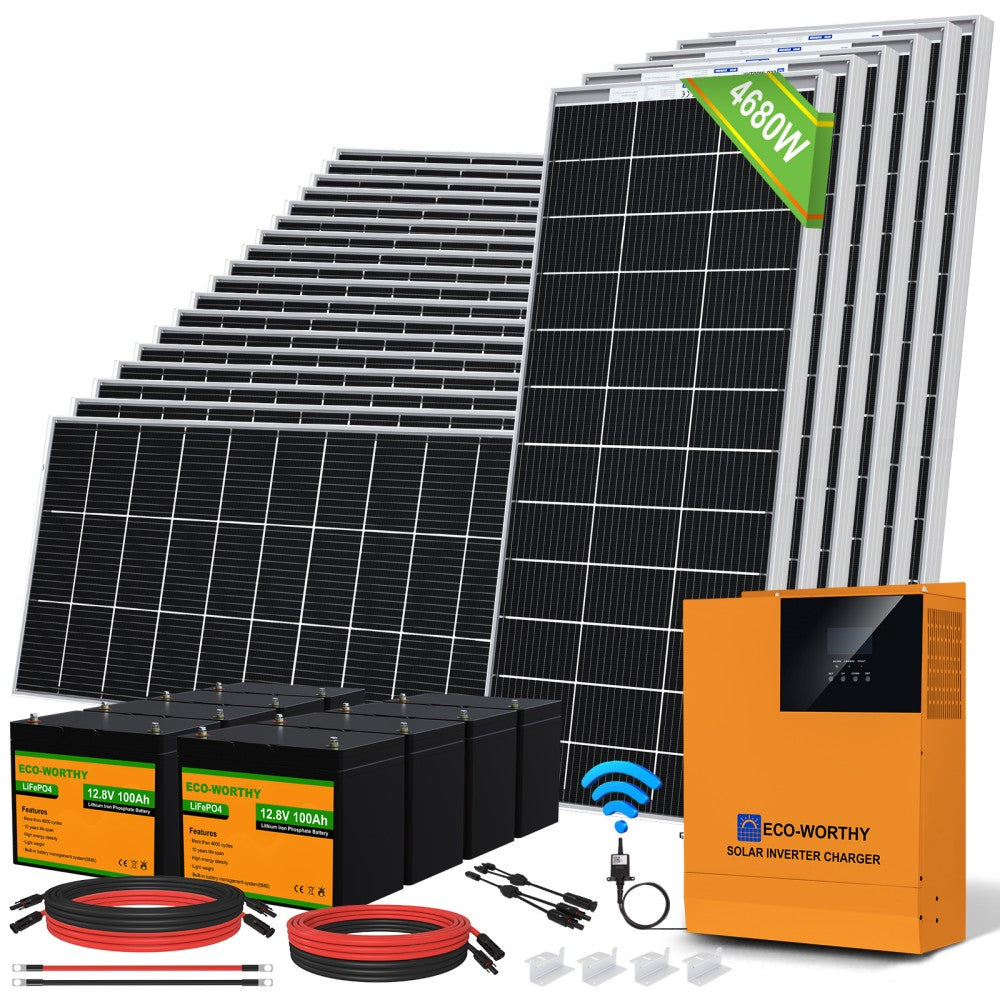As the world increasingly shifts towards sustainable energy solutions, off grid solar systems have emerged as a viable option for those seeking independence from traditional power sources. This guide aims to provide a thorough understanding of off grid solar systems, their benefits, essential components, and practical installation tips.

Understanding Off Grid Solar Systems
An off grid solar system is designed to operate independently of the conventional electricity grid. This means that it generates, stores, and utilises solar energy without relying on external power sources. But what are the primary components that make up such a system?
- Solar Panels: These capture sunlight and convert it into electricity.
- Battery Storage: This stores excess energy for use during non-sunny periods.
- Inverter: This converts the direct current (DC) electricity generated by the solar panels into alternating current (AC) electricity, which is used by most household appliances.
- Charge Controller: This regulates the voltage and current coming from the solar panels to prevent overcharging the batteries.
Benefits of Off Grid Solar Systems
Choosing an off grid solar system offers numerous advantages. Firstly, it provides energy independence, allowing users to generate their own electricity without reliance on utility companies. This can be particularly beneficial in remote areas where grid access is limited or non-existent.
Moreover, off grid solar systems can lead to significant cost savings over time. Although the initial investment may be substantial, the reduction in electricity bills and the potential for government incentives can make it a financially sound decision. Additionally, these systems contribute to environmental sustainability by reducing reliance on fossil fuels and lowering carbon footprints.
Installation Tips for Off Grid Solar Systems
When considering the installation of an off grid solar system, several factors should be taken into account. Firstly, assess your energy needs. Understanding how much energy you consume will help determine the size and capacity of the system required.
Next, choose the right location for your solar panels. Ideally, they should be installed in an area that receives maximum sunlight throughout the day. Furthermore, ensure that you comply with local regulations and obtain any necessary permits before installation.
For those looking to simplify the process, consider purchasing a complete  kit, which typically includes all essential components and installation instructions.
kit, which typically includes all essential components and installation instructions.
Conclusion
In summary, off grid solar systems present an excellent opportunity for individuals and communities to harness renewable energy. By understanding the components, benefits, and installation tips outlined in this guide, you can make informed decisions about transitioning to a more sustainable energy solution. Embrace the future of energy independence and consider investing in an off grid solar system today.








